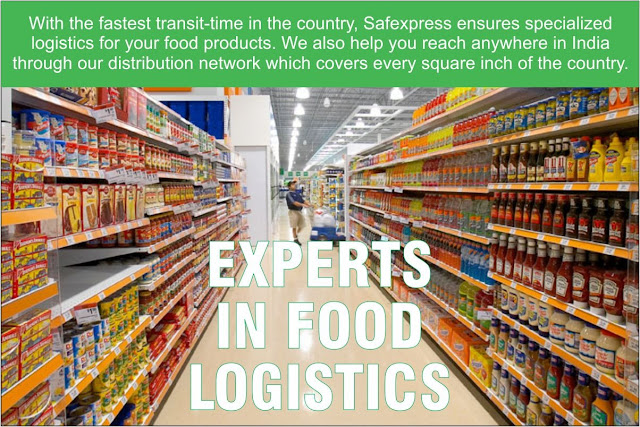Most people are familiar with the term FMCG, meaning Fast-moving Consumer Goods. These are the products which are sold at a low cost. Most of the products in this category are packaged foods, cosmetics, dry goods, toiletries, beverages etc. And, the FMCG and consumer electronics industry are known for a high percentage of returns.
Reasons for that could be multiple– damaged, unsold products, or others. To streamline the goods' supply chain, it is essential to understand the in-depth aspects of logistics for single-point solutions. Here, FMCG logistics plays a vital role.
Features of FMCG products: -
· The ones that get sold fast
· Mass consumption
· High volumes
· Extensive distribution
· Range of the products should be low to medium
· Shorter shelf life
Today, it is easy to notice a major paradigm shift where the purchase of these FMCG goods is concerned, as mainly everything can be ordered online, without requiring any physical presence at the store. The logistics team is the ninja architect of the business as they are the brainchild behind the seamless, efficient transportation of the goods from one place to another. They deliver goods in the most regimented and synchronized manner.
Apart from transportation, logistics also encompasses inventory, packaging, social security, supplying and sometimes warehousing. Safexpress, a market leader in supply chain and logistics, offers solutions from warehousing to timely distribution of goods in PAN-India. The 'Stock2Shelf' service provided by Safexpress is swift, cost-effective strategy that responds to stock shortage at retail stores by transporting products from the feeder warehouse within the set time limits.
It helps to shorten the order-to-delivery time, avoid maintaining high inventories and setting up of warehouses near retail stores. Safexpress, with their expertise for efficient last-mile delivery and reverse logistics would be able to provide an ideal logistics solution for companies dealing with FMCG products.
Hence, logistics professionals manage how resources are obtained, stored, and supplied to their destination. This means that the FMCG logistics team must be the one to meet the requirements of the customer in a timely, cost-effective, and efficient manner.
Following are the features of such a logistics team: -
· Transportation of low margin, high distribution network goods
· The right selection of wholesaler, distributor, and retailer
· Timely delivery of goods at the warehouse
· Taking into consideration the transportation costs and safety
· Calculating the maximum safe stacking height
· Permissible method of placement of fragile materials
In addition to all these, they also have a fleet management system which allows one to control the transport of the goods from the moment the cargo is collected from its delivery location. Some logistics companies also use an application, from which one can track down the location using the GPS. The dispatcher can receive information about the flow of the traffic along the route in real-time.
Electronic logistics
E-logistics or electronic logistics is the mechanism of automating logistics, thereby providing an integrated, end-to-end fulfillment, and supply chain management services to the stakeholders of logistics processes.
Implementation of E-logistics:
For smooth and efficient implementation of e-logistics, it is always better to include multiple steps in the plan. It will help in reducing the chances of error at an early stage. Below are some tips that can help you manage your logistics effectively to ensure a smooth supply chain:
· Make a foolproof plan
· Keep an incidental plan handy
· Engage a logistics manager who possesses strong interactive skills
· Include automation wherever possible
· Address your mistakes seriously and learn from such opportunities
Thus, managing both FMCG logistics and electronic logistics processes involve effective problem-solving capabilities, skills, adaptability, ability to manage stress, flexibility, leadership skills, etc. Logistics managers need to be aware of the latest innovations and automation's to make the process as accurate, efficient and smooth as possible.









